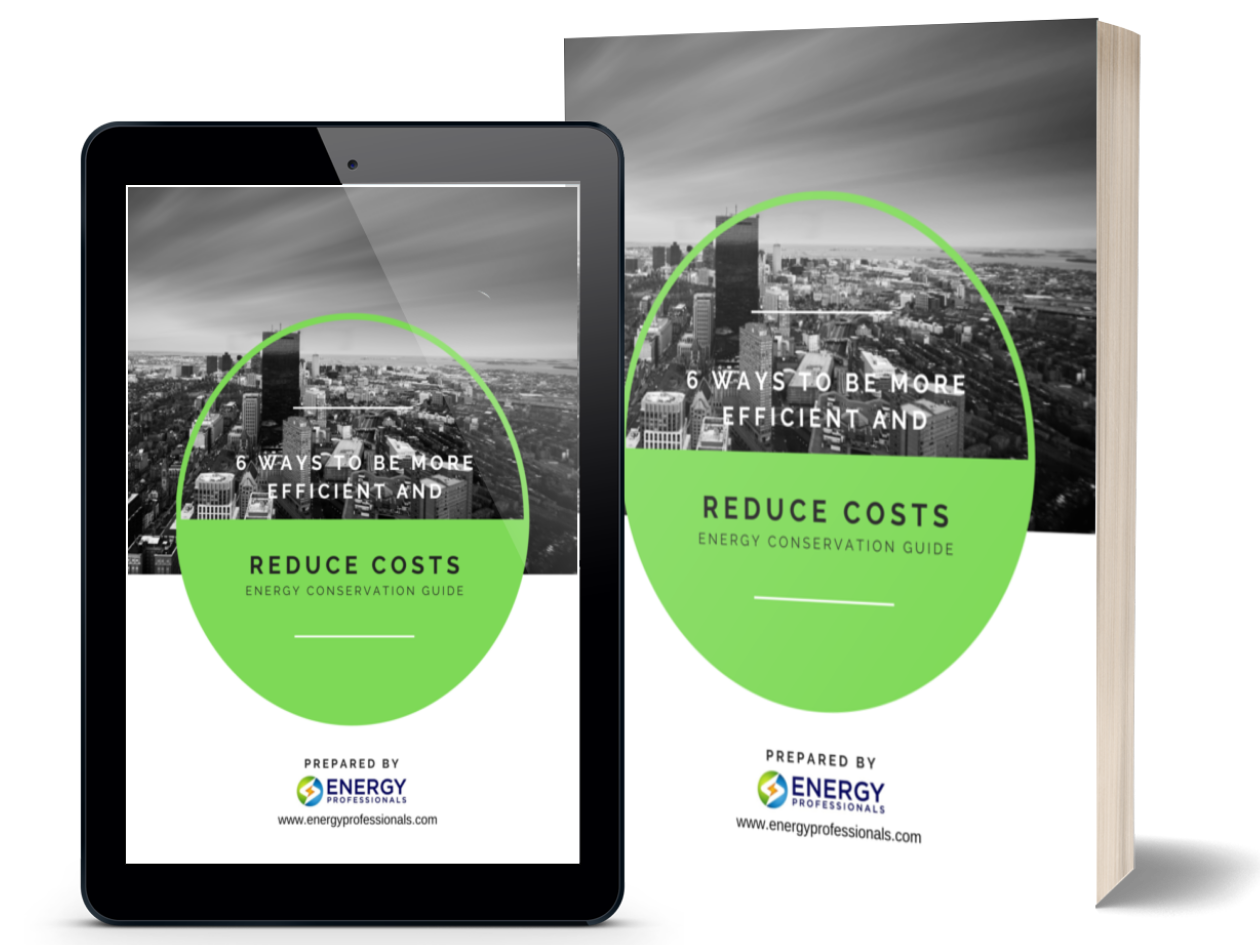Short-Term Factors Triggered Lower Natural Gas Prices, But Long-Term Factors Support Higher Prices
The Jan 16th Energy Update pointed out warm weather throughout the U.S. since Christmas decreased demand for Natural Gas and

The Jan 16th Energy Update pointed out warm weather throughout the U.S. since Christmas decreased demand for Natural Gas and
The Jan 16th Energy Update pointed out warm weather throughout the U.S. since Christmas decreased demand for Natural Gas and the delay in reopening Freeport LNG restrained exports of Liquified Natural Gas overseas and those two factors combined were the primary reason Natural Gas was declining short-term.
Since Jan 16th, those two factors have remained in place. Other than two brief periods of cold weather, after Christmas and last week, we have experienced a warmer than normal winter in the U.S., and the Freeport LNG export terminal remains closed. The combination of these two factors has lowered heating demand and the latest weekly EIA storage report revealed that we are 163 Bcf above the 5-year average, which is the largest surplus in more than 2 years, and Natural Gas prices have reached the lowest prices since the inauguration of the present administration.
Although I did not anticipate in the short-term, Natural Gas prices would collapse to present levels, my long-term view of where prices will be later this year has not changed. To understand why we first need to revisit the short-term factors.
This year’s warmer than normal winter was not expected and has resulted in lower heating demand for Natural Gas, but as we move closer to the end of winter the influence of the weather on Natural Gas prices will diminish until we move into the summer cooling season. Therefore, in the near-term, weather will be less of a factor over the next few months. The question is, what will the market be focusing on near-term?
Given the unexpected decline in Natural Gas to the lowest prices since the inauguration of the present administration on Jan 21st, 2021, I believe the markets will focus on the three major factors that initially supported increased energy costs last two years:
Although Europe has also experienced a very mild winter leading to a sharp pullback in their Natural Gas prices, their prices are still 300% higher than 2 years ago!
Europe’s demand for America’s liquified Natural Gas (LNG) is expected to continue for years to come with our prices a fraction of theirs, and when Freeport LNG resumes exporting Liquefied Natural Gas overseas our Natural Gas prices will likely move sharply higher from present levels.
To fully understand why, you must understand the impact of the closing of the Freeport LNG export facility on the United States’ Natural Gas supplies. Before the June 8th, 2022, explosion, Freeport LNG exported approximately 20% of all U.S. Natural Gas exports, and needed 2 Bcf per day or 60 Bcf per month of Natural Gas to process its Liquefied Natural Gas. Therefore, over the 8 months since June 8th, approximately 8 X 60 = 480 Bcf of Natural Gas has remained in storage.
Earlier I said the latest EIA weekly storage report revealed we were 163 Bcf or about 7% above the 5-year average, Which means if Freeport LNG had not exploded and we would have kept 60 Bcf per month in the United States we would not have a surplus of Natural Gas, we would have a deficit of 480-163 = 317 Bcf, which means even after a very warm winter, we would still have been more than 10% below the 5-year average, and prices would be much higher than where they are today.
No one knows for sure when Freeport LNG will resume full operations, but it appears they are getting close, and when they resume operations, I believe Natural Gas prices will move sharply higher from today’s incredibly low historical price levels.
Prices this low are unsustainable for the simple reason that suppliers cannot make money when prices are this low and if necessary, they would cut production. But based on the three major factors supporting increased energy costs the last two years, I don’t believe they will need to cut production, once Freeport LNG resumes full operation prices will move sharply higher.
Therefore, if you have not already hedged your cost of Natural Gas or Electricity, we recommend taking advantage of the recent short-term decline in Natural Gas as protection against the risk of higher Natural Gas and Electricity prices long term.
Not every client’s risk tolerance and hedging strategy are the same, but the above report will help you put into perspective the risk/reward opportunities. I invite you to call one of our energy analysts to help you plan a hedging strategy appropriate for your situation.
Ray Franklin
Energy Professionals
Senior Commodity Analyst


Don't have one? You can get one by calling us at 855-4-PKIOSK.
Energy Professionals is committed to finding its customers the best possible rates on electricity and natural gas. Tell us your location and service type and our energy manager will connect you to the most competitive offers.
Switching to an alternate supplier is easy. There is no chance of service disruption, and you'll continue with your current utility for energy delivery and emergency service. Take a few minutes to discover your best offers, and enjoy the benefits of retail energy in your home or business.
1. Energy Type
2. Service Type
3. Zip Code
4.Local Company
5.Zone
We believe that knowledge is power. Here’s a free e-book that provides business solutions to reducing energy costs.
Download E-Book Free Energy Audit




